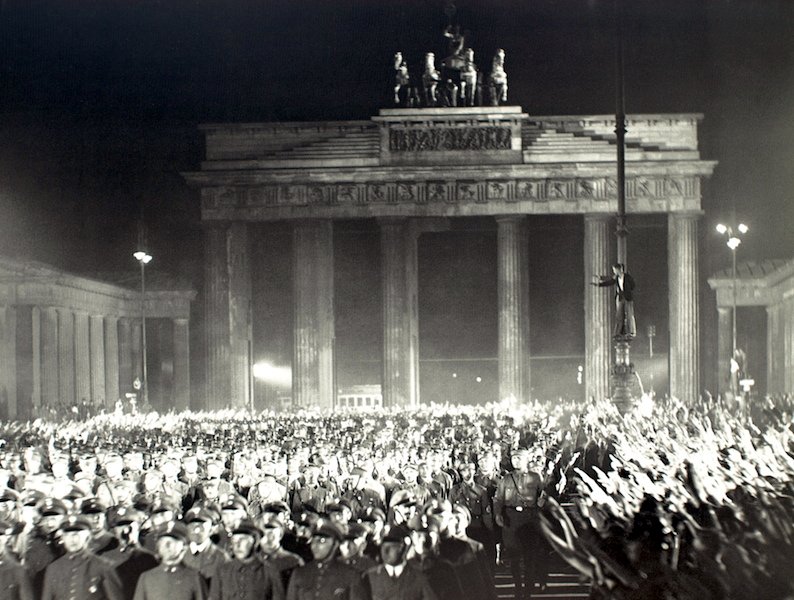Brandenburg Gate
Introduction
It is located in the western part of the city centre of Berlin within Mitte, at the junction of Unter den Linden and Ebertstraße, immediately west of the Pariser Platz. One block to the north stands the Reichstag building, which houses the German parliament (Bundestag). The gate is the monumental entry to Unter den Linden, the renowned boulevard of linden trees, which led directly to the royal City Palace of the Prussian monarchs.
Throughout its existence, the Brandenburg Gate was often a site for major historical events.
History
In the time of Frederick William (1688), shortly after the Thirty Years' War and a century before the gate was constructed, Berlin was a small walled city within a star fort with several named gates: Spandauer Tor, St. Georgen Tor, Stralower Tor, Cöpenicker Tor, Neues Tor, and Leipziger Tor (see map). Relative peace, a policy of religious tolerance, and status as capital of the Kingdom of Prussia facilitated the growth of the city.
The Brandenburg Gate was not part of the old fortifications, but one of 18 gates within the Berlin Customs Wall (German: Akzisemauer), erected in the 1730s, including the old fortified city and many of its then suburbs.
The new gate was commissioned by Friedrich Wilhelm II to represent peace. The Gate was designed by Carl Gotthard Langhans, the Court Superintendent of Buildings, and built between 1788 and 1791, replacing the earlier simple guard houses siding the original gate in the Customs Wall. The gate consists of 12 Doric columns, six to each side, forming five passageways. Citizens originally were allowed to use only the outermost two on each side. Atop the gate is a Quadriga, a chariot drawn by four horses. The new gate was originally named the Peace Gate (German: Friedenstor)[3] and the goddess is Eirene, the goddess of peace.
The gate's design is based upon the Propylaea, the gateway to the Acropolis in Athens, Greece, and is consistent with Berlin's history of architectural classicism (first, Baroque, and then neo-Palladian). The gate was the first "Athens on the River Spree" by architect Carl Gotthard von Langhans. The capital Quadriga was sculpted by Johann Gottfried Schadow.
The Brandenburg Gate has played different political roles in German history. After the 1806 Prussian defeat at the Battle of Jena-Auerstedt, Napoleon was the first to use the Brandenburg Gate for a triumphal procession, and took its Quadriga to Paris.
After Napoleon's defeat in 1814 and the Prussian occupation of Paris by General Ernst von Pfuel, the Quadriga was restored to Berlin. It was now redesigned by Karl Friedrich Schinkel for the new role of the Brandenburg Gate as a Prussian triumphal arch; the goddess, now definitely Victoria, was equipped with the Prussian eagle and Iron Cross on her lance with a wreath of oak leaves.
The Quadriga faces east, as it did when it was originally installed in 1793. Only the royal family was allowed to pass through the central archway,[5] as well as members of the Pfuel family, from 1814 to 1919. The Kaiser granted this honour to the family in gratitude to Ernst von Pfuel, who had overseen the return of the Quadriga to the top of the gate. In addition, the central archway was also used by the coaches of ambassadors on the single occasion of their presenting their letters of credence to council.
When the Nazis ascended to power, they used the gate as a party symbol.
